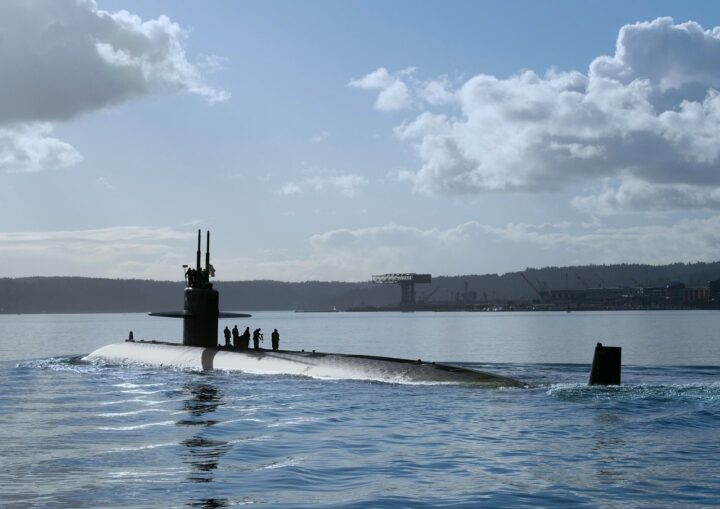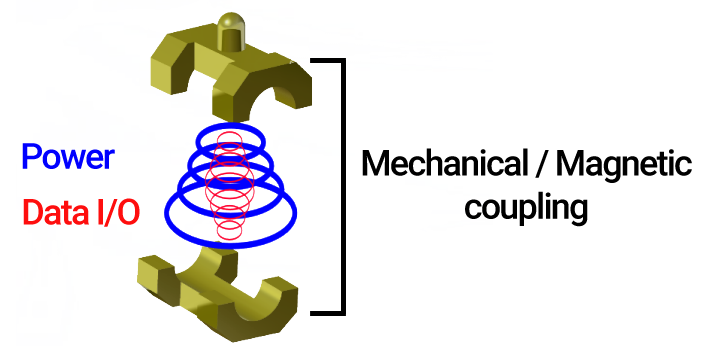Energy transfer systems in harsh environments show a series of problems to be solved such as damage to devices through their exposed cable pins cables, difficulties in the coupling due to corrosion or dust, and the losses of energy in the air in the case of wireless systems. On a similar note, data exchange under these conditions is also a challenging feat since communications can be interfered or inhibited, as a result of electromagnetic broadcasting. In other cases, like the transportation of food and medicines, it is necessary not only to guarantee certain conditions but also to keep a traceability of the different parameters along the transport. These issues are common in spatial vehicles, submarine vessels, transport or operation in clean spaces, making these relevant in spatial, marine or logistics applications.
To solve both issues, researchers from the National Institute for Aerospace Technology (INTA) and Universidad Politécnica de Madrid (UPM) have developed a magnetic interface that allows mechanical coupling, bidirectional energy transfer and data exchange between two nodes.
The invention proposes a wireless interface to perform the mechanical coupling, and bidirectional data and energy transfer between two devices with a communications protocol integrated within the interface. The coupling is wireless and requires physical contact to guarantee a secure data transference. Since it does not expose electrical pins, it is compatible with harsh and corrosive environments.
Patent applications have already been requested for this technology. The current TRL of the invention is TRL 4 since it has been already tested in a space rover robotic arm in the laboratory.
The developed system provides the following benefits:
- It works under harsh conditions, appropriate for spatial or marine environments.
- The invention does not require mechanical parts for its coupling.
- The development does not need wires and does not expose electrical pins for the data and energy transfer functionalities.
- Allows high power transfer, with different power levels between W and kW without electromagnetic emissions.
- The energy transfer is optimal, with an efficiency rate in the order of 90%.
It provides a way to send data safely, via non interceptable communications that are impossible to interfere or to inhibit.
The represented institution is looking for a collaboration that leads to commercial exploitation of the presented invention.
Institution: INTA (Instituto Nacional de Tecnología Aeroespacial) & UPM (Universidad Politécnica de Madrid)
TRL: 4
Protection status: Patent Application
Contact: Pablo Lago / pablo@viromii.com


